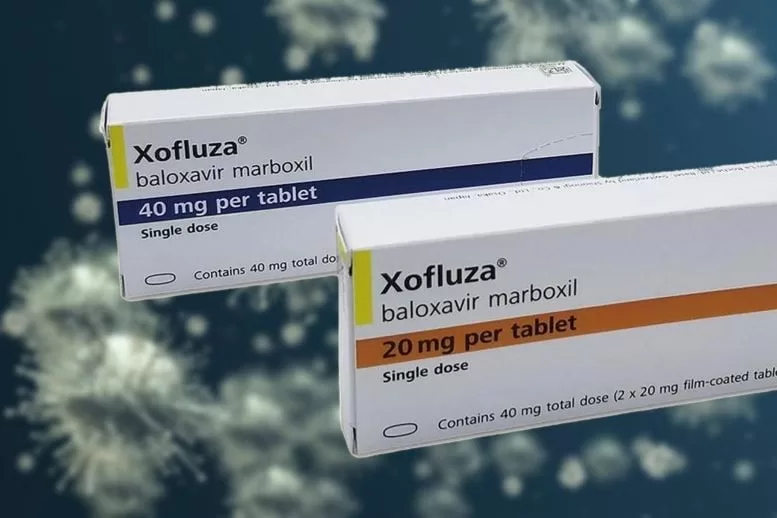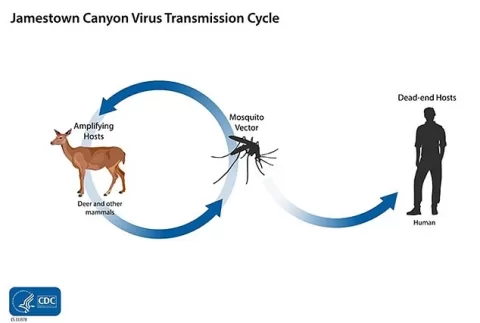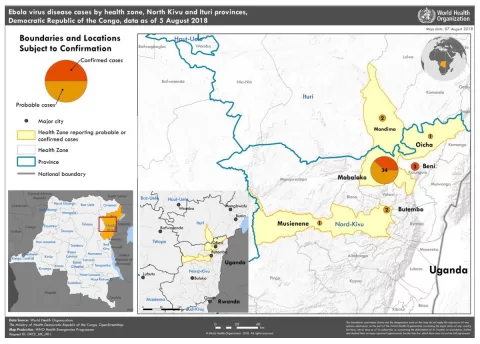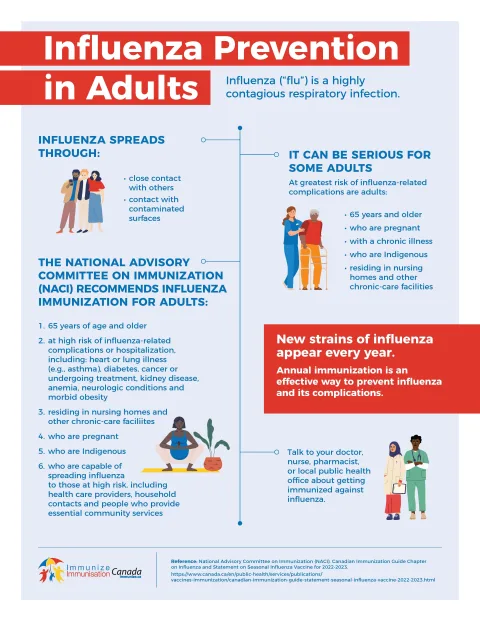Baloxavir flu transmission has emerged as a critical area of study, particularly in the context of managing influenza outbreaks within households. This innovative flu antiviral has demonstrated a remarkable ability to reduce flu transmission rates, as evidenced by its capacity to significantly lower the spread of influenza among close contacts. Recent research indicates that baloxavir can decrease household flu transmission by 29%, providing valuable insights into effective pandemic flu strategies. With approximately one-third of influenza cases originating from household interactions, the implications of these findings are profound. As the world faces ongoing challenges with seasonal and pandemic flu, understanding the role of baloxavir in mitigating the virus’s spread becomes essential for public health initiatives aimed at reducing flu transmission and protecting vulnerable populations.
The study of baloxavir’s impact on flu spread highlights its potential as a pivotal asset against influenza. A significant body of research has focused on flu antiviral treatments as an integral part of public health strategies aimed at curbing the transmission of influenza viruses. The findings reveal that the administration of baloxavir not only treats infected individuals but also contributes to the indirect protection of others in shared living environments. By exploring the mechanisms through which this antiviral operates, particularly in household settings, researchers are uncovering new methods to enhance our response to both seasonal and pandemic flu scenarios. As the need for effective antiviral options grows, baloxavir stands out as a promising candidate to aid in comprehensive efforts to reduce flu transmission.
Understanding Baloxavir’s Impact on Flu Transmission
Baloxavir, a novel antiviral medication, has gained attention for its efficacy in reducing flu transmission, particularly within households. Recent studies have demonstrated that this antiviral can significantly lower the risk of flu spread among close contacts, suggesting a promising role in seasonal flu management and potential pandemic response strategies. The notion that baloxavir could reduce shedding—the period during which a person with the flu can spread the virus—highlights its capacity not only to treat the infected individual but also to protect those around them, hence reducing overall flu transmission rates.
In trials, baloxavir showed a remarkable 29% reduction in household flu transmission, which can be crucial during peak flu seasons and especially in pandemic situations where rapid spread is a concern. This is particularly relevant given that a considerable percentage of flu cases originate in households. The study indicates that by effectively cutting down on the viral load in one infected individual, baloxavir has the potential to diminish the overall incidence of flu infections, reinforcing its importance as part of a comprehensive flu antiviral strategy.
The Role of Antivirals in Pandemic Flu Strategies
Antivirals like baloxavir are critical instruments in public health strategies aimed at curbing the impact of pandemic flu. As the world witnesses increasing flu virus variability, having effective antiviral options can mitigate the risk of widespread infection during pandemics. Research suggests that alongside vaccination, the use of antiviral medications can significantly lower flu transmission rates, especially early in the outbreak when the vulnerability is highest. This dual approach—vaccination coupled with antiviral treatment—provides a robust framework to manage flu outbreaks effectively.
Furthermore, studies have indicated that the strategic application of antivirals can shorten the length of illness and reduce the transmissibility of influenza viruses within communities. The importance of timely intervention cannot be overstated; during the onset of a pandemic, such measures can be pivotal in containing outbreaks and preventing healthcare systems from becoming overwhelmed. Maintaining an arsenal of effective antiviral drugs like baloxavir allows health officials to devise stronger pandemic strategies against flu.
Why Baloxavir is a Game Changer for Household Flu Transmission Strategies? Biochemical insights reveal that baloxavir demonstrates a more rapid reduction in viral shedding compared to older antiviral agents. This can result in fewer infections among household members, thereby influencing overall epidemiological trends during flu seasons.
In essence, baloxavir’s application in household contexts where flu transmission is most pronounced could be transformative. The drug’s ability to minimize symptomatic and asymptomatic transmission supports its potential as a frontline defense against seasonal and pandemic flu, ensuring communities remain protected even during outbreak scenarios.
Evaluating Baloxavir Study Results and Their Implications
The results from the recent baloxavir study present compelling evidence in favor of its use as an antiviral treatment for flu. With a defined relative risk reduction of 29% in transmission among treated households, this study strengthens the argument for integrating baloxavir into public health responses during both seasonal escalations of flu and potential pandemic situations. The data demonstrate not only the efficacy of baloxavir in reducing transmission rates but also underline the importance of rigorous clinical trials in understanding the role of antivirals.
These findings not only encourage further research but also prompt public health officials to rethink their strategies regarding flu prevention and treatment. The nuanced understanding of how baloxavir works against influenza provides a roadmap for improving existing protocols and offers hope for enhanced management of flu strains, especially as new variants emerge. The balancing act between promoting vaccination and utilizing antivirals like baloxavir will be pivotal in future flu pandemics.
Importance of Household Studies in Understanding Flu Transmission
Household dynamics play a critical role in understanding flu transmission patterns. Given that one significant portion of flu cases occurs within familial settings, it is imperative to study transmission pathways in these environments. Research indicates that household transmission rates can peak as high as 38%, which establishes the need for effective interventions such as baloxavir, especially during peak seasons or pandemics.
Conducting studies in households allows researchers to glean valuable insights into the efficiency of antiviral treatments in real-world scenarios. The gather data from such domestic settings showcase how quickly flu can spread among individuals living under the same roof, emphasizing the urgency for effective antiviral strategies to reduce flu transmission effectively. As evidenced by baloxavir’s recent study findings, targeted interventions can significantly impact the overall health of communities by mitigating household transmission rates.
Future Directions for Baloxavir Research and Development
While current findings highlight baloxavir’s effectiveness, there is still much to explore regarding its potential applications. Future research could focus on optimizing dosing regimens or testing baloxavir in diverse population groups to gauge its broad-spectrum effectiveness. Moreover, understanding the mechanisms behind the emergence of drug-resistant flu variants remains a crucial area for ongoing investigation.
Additionally, researchers should facilitate larger-scale studies to further substantiate the role of baloxavir in pandemic planning. Investigating its impact not just in isolated households but within broader community settings will offer a fuller picture of its effectiveness as an antiviral tool. By solidifying our understanding of baloxavir’s strengths and limitations, it can be better incorporated into comprehensive flu response strategies aimed at minimizing both seasonal and pandemic flu outbreaks.
Challenges in Utilizing Baloxavir as an Antiviral Treatment
Despite the promising results associated with baloxavir, certain challenges remain in its deployment as an antiviral treatment. Chief among these is the emergence of drug-resistant flu strains, which was noted in 7.2% of patients treated with baloxavir in the recent study. These resistant strains pose a significant threat to the widespread effectiveness of antiviral medications, complicating treatment protocols and requiring continued observation and research to ensure long-term efficacy.
Moreover, the question of accessibility and affordability of baloxavir in various healthcare systems cannot be overlooked. Ensuring that antiviral medications are adequately supplied, particularly during peak flu seasons, is crucial for maximizing their impact. Public health policies must address these logistical challenges to optimize the usage of baloxavir in reducing flu transmission across diverse populations and settings.
Baloxavir and Its Role in Public Health Initiatives
Baloxavir represents a critical advancement in antiviral treatment, offering significant promise as part of public health initiatives aimed at controlling flu outbreaks. Its ability to reduce transmission could profoundly impact community health, especially in settings where vaccination rates are inadequate or the flu virus shows significant variability.
Integrating baloxavir into public health strategies entails formulating guidelines for its use, especially during pandemics when rapid response is vital. Initiatives to educate healthcare providers and the public about the availability and benefits of baloxavir can enhance its adoption and ensure that more patients receive timely interventions. As we move forward, embracing transfer and dissemination of knowledge about antiviral effectiveness can promote healthier communities and reduce the burden of influenza.
Clinical Trial Designs for Future Evaluations of Baloxavir
As the pharmaceutical landscape evolves, designing robust clinical trials for baloxavir is paramount for understanding its full potential as an antiviral. Future studies should consider diverse populations, as well as real-world effectiveness in various settings, including outpatient clinics and hospitals facing high patient volumes during flu seasons.
Moreover, adapting trial designs to assess not only the immediate treatment outcomes but also long-term effects on flu transmission could yield valuable insights that drive adjustments in treatment protocols. A focus on integrating patient-centered outcomes may ensure that baloxavir optimization aligns with the needs of individuals affected by seasonal and pandemic flu.
Frequently Asked Questions
How does baloxavir flu transmission reduce the spread of the virus in households?
Baloxavir has been shown to reduce flu transmission by up to 29% within households. This antiviral works by decreasing viral shedding more rapidly than other medications, potentially limiting the spread of the flu among household contacts. The study’s findings suggest that treating infected individuals with baloxavir can offer indirect protection to others in close proximity.
What role does baloxavir play in pandemic flu strategies?
In the context of pandemic flu strategies, baloxavir serves as a complementary tool alongside vaccines. It can reduce flu transmission during a pandemic by treating infected individuals and lowering the risk of spreading the virus to others before a vaccine is available. This antiviral is particularly significant as most individuals lack immunity to new flu strains during a pandemic.
What are the baloxavir study results regarding household flu transmission?
The recent baloxavir study indicates a 29% reduction in household flu transmission among those treated with the antiviral compared to a placebo. This research highlights baloxavir’s potential to help mitigate flu transmission in household settings, which are critical areas where the virus spreads commonly.
Does baloxavir help reduce household flu transmission effectively?
Yes, baloxavir effectively reduces household flu transmission, with a relative risk reduction of 29% according to the study conducted on diverse participants. By addressing viral shedding quickly, baloxavir helps limit the spread of flu among close contacts, making it a useful addition to flu management, especially in household environments.
What are the implications of using baloxavir as a flu antiviral during a pandemic?
During a pandemic, utilizing baloxavir as a flu antiviral could significantly aid in reducing transmission rates. Its effectiveness in lowering flu transmission before a vaccine becomes available underscores the importance of incorporating such medications into broader pandemic flu strategies.
Are there any concerns associated with the use of baloxavir for flu transmission reduction?
While baloxavir shows promise in reducing flu transmission, concerns about the emergence of drug-resistant viruses have been noted. Approximately 7.2% of patients treated with baloxavir developed resistance, although no resistant strains were found in household contacts. Ongoing surveillance and research are crucial to evaluate its implications fully.
Can baloxavir be considered a primary tool against flu transmission?
Baloxavir is not a primary tool for controlling flu transmission like vaccines but offers complementary benefits. Particularly during flu pandemics, it can provide significant transmission reduction until vaccines are available, demonstrating its potential role in public health strategies.
| Aspect | Details |
|---|---|
| Study Focus | Effect of Baloxavir on flu transmission in households |
| Key Findings | Baloxavir reduces household flu transmission by 29%. |
| Study Design | Phase 3b double-blind, randomized, placebo-controlled trial involving 1,457 flu-positive patients. |
| Participants | Combination of index patients and 2,681 household contacts across multiple countries. |
| Results | Significant reduction in transmission by day 5 in the baloxavir group (9.5%) compared to placebo (13.4%). |
| Resistance Issues | 7.2% of baloxavir-treated patients developed drug-resistant viruses; no resistant strains found in household contacts. |
| Broader Implications | Potential for baloxavir to complement vaccines during pandemics by reducing transmission. |
Summary
Baloxavir flu transmission has been significantly reduced by 29% as demonstrated by recent studies. This antiviral medication displays potential in lowering the rates of flu spread within households, a notable conclusion drawn from a comprehensive study published in the New England Journal of Medicine. While vaccines remain the cornerstone of flu prevention, baloxavir presents a valuable adjunct strategy, especially during pandemic scenarios, highlighting the importance of ongoing research and effective treatment options to mitigate influenza outbreaks.
The content provided on this blog (e.g., symptom descriptions, health tips, or general advice) is for informational purposes only and is not a substitute for professional medical advice, diagnosis, or treatment. Always seek the guidance of your physician or other qualified healthcare provider with any questions you may have regarding a medical condition. Never disregard professional medical advice or delay seeking it because of something you have read on this website. If you believe you may have a medical emergency, call your doctor or emergency services immediately. Reliance on any information provided by this blog is solely at your own risk.








